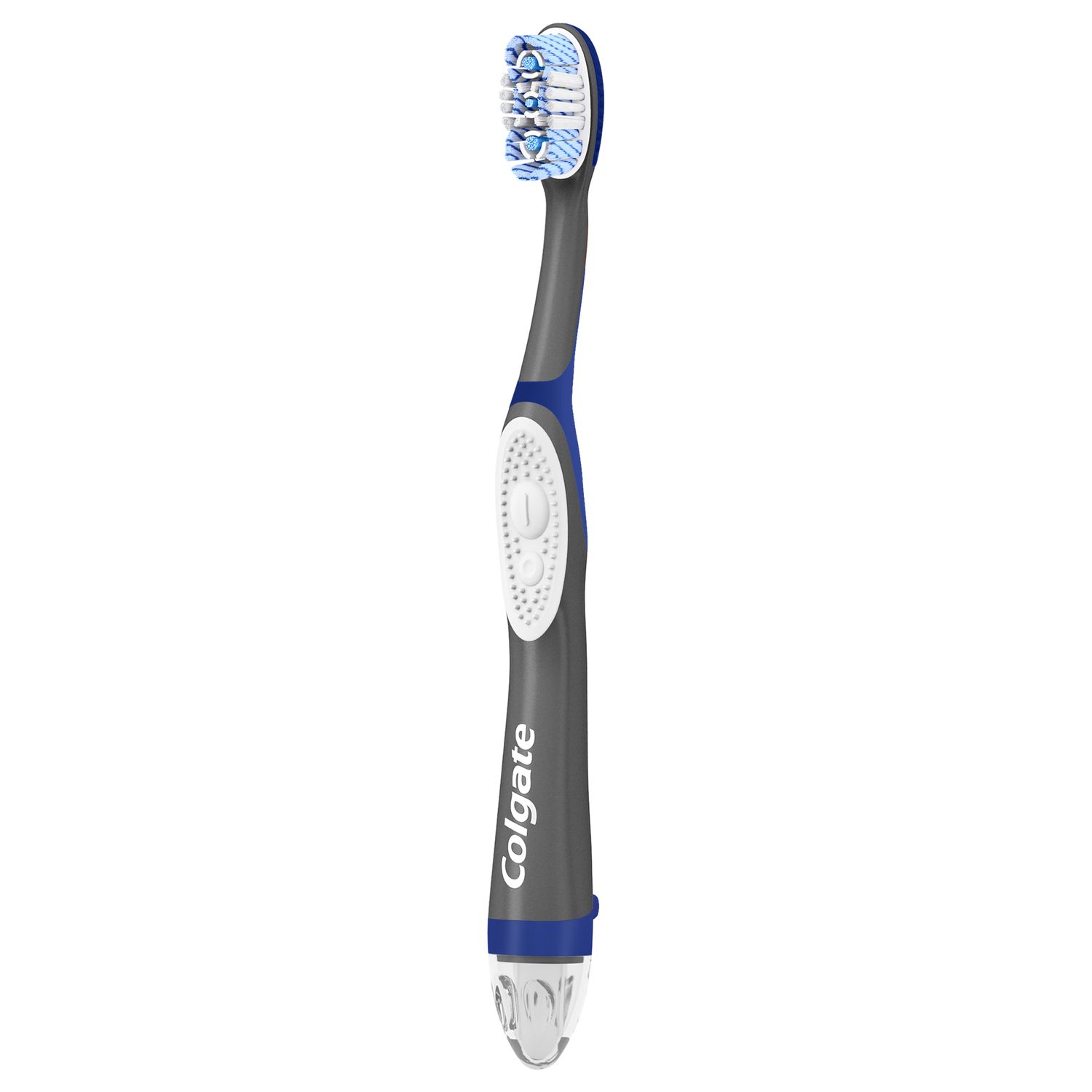Both plaque and tartar are typically addressed during regular dental hygiene appointments, leaving your teeth feeling completely clean. Unfortunately, if you've missed several examinations, those deposits can become so severe and stubborn that your dental professional must use a technique called debridement.
The need for a periodontal debridement treatment plan varies from patient to patient and requires serious considerations like medical history and consultations with the patient's physician. If your dental professional suggests the procedure, don't worry. It's necessary for your oral health and can help put you back on the road to healthy dental habits.
Why Debride? What is it?
Advanced plaque and tartar can cause periodontal disease. This leads to inflammation below the gum line and causes the gum tissue to “pull away” from the tooth, leaving gaps called periodontal pockets. Food debris, plaque and bacteria can build up here, leading to serious oral health problems.
Periodontal debridement refers to the removal of plaque and tartar from below the gums. You might also hear this referred to as “subgingival” plaque and tartar, while plaque and tartar above the gums is called “supragingival” tartar. The goal is to disrupt plaque and tartar reduce it to less-harmful levels, and reduce the inflammation it causes.
Full Mouth Debridement: What is the Process?
Intensive debridement often requires the use of a special electronic tool that uses ultrasonic vibrations to break up tartar and plaque so it can be removed and cleaned away.
Your dental hygienist will use the ultrasonic device first to remove the calcified tartar (calculus) and plaque from the teeth and clean the periodontal pockets. They will then continue by fine-scaling the teeth and root surfaces so that they can reattach to the gums.
How is a Debridement Different From Other Cleanings?
In a typical dental cleaning, your dental professional will only remove the supragingival plaque and tartar above your gum line. It is more difficult and time-consuming to remove plaque and tartar below the gums, and it can be more uncomfortable for the patient. In some cases, the dental hygienist will perform the debridement procedure on a quadrant or half of the mouth to make the procedure more comfortable or easier.
This debridement procedure strives to restore gum health, and reduce inflammation and periodontal pockets. These changes occur within four to six weeks of healing. Your dental hygienist will schedule a periodontal re-evaluation to reassess these clinical signs of health.
How to Prevent Debridement
Fortunately, preventing the need for a full mouth debridement procedure is possible with regular dental hygiene practices. Plaque and tartar buildup are leading reasons for a full mouth debridement, so keeping your mouth healthy by cleaning between teeth and under the gum line can significantly reduce your chances of needing the treatment. Here are some oral care tips for avoiding a full mouth debridement:
- Brush your teeth twice a day with fluoride toothpaste.
- Avoid sugary foods and beverages.
- Practice cleaning between your teeth daily with a water flosser, interdental brush, or floss.
- Replace your toothbrush every three months or after an illness.
- Regularly visit a dental professional.
If it's been a while since you last visited a dentist, a full mouth debridement may help get you back on track. By ensuring you attend all your regular dental appointments, you can get rid of the excess plaque and tartar so your dentist and dental hygienist can continue to provide you with great care for a beautiful white smile.
This article is intended to promote understanding of and knowledge about general oral health topics. It is not intended to be a substitute for professional advice, diagnosis or treatment. Always seek the advice of your dentist or other qualified healthcare provider with any questions you may have regarding a medical condition or treatment.
ORAL HEALTH QUIZ
What's behind your smile?
Take our Oral Health assessment to get the most from your oral care routine
ORAL HEALTH QUIZ
What's behind your smile?
Take our Oral Health assessment to get the most from your oral care routine















